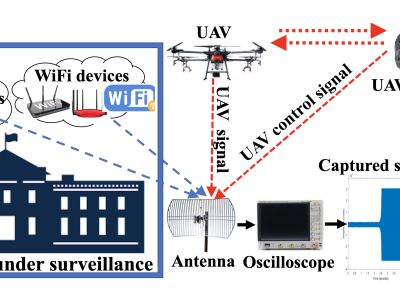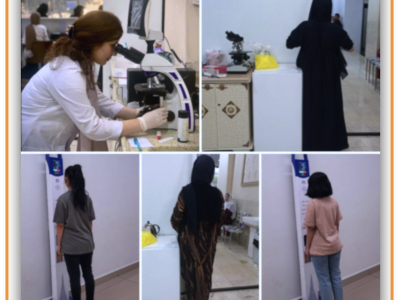Automatic Attendance Control System for Indoor Localization in Smart Education

- Citation Author(s):
- Submitted by:
- Carlos Simon Alvarez Merino
- Last updated:
- DOI:
- 10.21227/y7a5-6e40
- Data Format:
 88 views
88 views
- Categories:
- Keywords:
Abstract
This csv provides the following:
- NeighbourNrInfo which indicates the RSSI recevied from the UE of the 5G stations (AP) 50, 51 or 52.
- RttInfo which indicates the RSSI recevied from the UE of the routers (AP) '3c:28:6d:b2:e2:0b', '3c:28:6d:b2:c9:1f' or '08:b4:b1:70:47:df'
- groundTruth indicates the position of the UE in that case
Instructions:
This csv provides the following:
- NeighbourNrInfo which indicates the RSSI recevied from the UE of the 5G stations (AP) 50, 51 or 52.
- RttInfo which indicates the RSSI recevied from the UE of the routers (AP) '3c:28:6d:b2:e2:0b', '3c:28:6d:b2:c9:1f' or '08:b4:b1:70:47:df'
- groundTruth indicates the position of the UE in that case
In addition, we have provided the algorithms in a .ZIP file. It is a Jupyter Notebook that you can run directly.
- Regression&Classification_Attendance.ipynb: is the main file. Here you can observed the information extracted from the different points of the classroom with the RSSI signal of 5G and WiFi. It applies Regression by Random Forest (RF) algorithm and then, it classifies the position of the students whether is an classroom or not. Furthermore, it shows also a pure classification process and it compared the final accuracy of classifying by regression or by purely classification.
- Random Extraction for training and testing files.ipynb: it helps to separate data for training and testing randomly shuffled.
- Library.py: extra functions if needed.








please give me acces to dataset
In reply to please give me acces to by ANITA PUJIATI
I have updated now the dataset. You can access to the dataset and also to the scripts.
Sorry for the inconvinience.
Kind regards,
Carlos